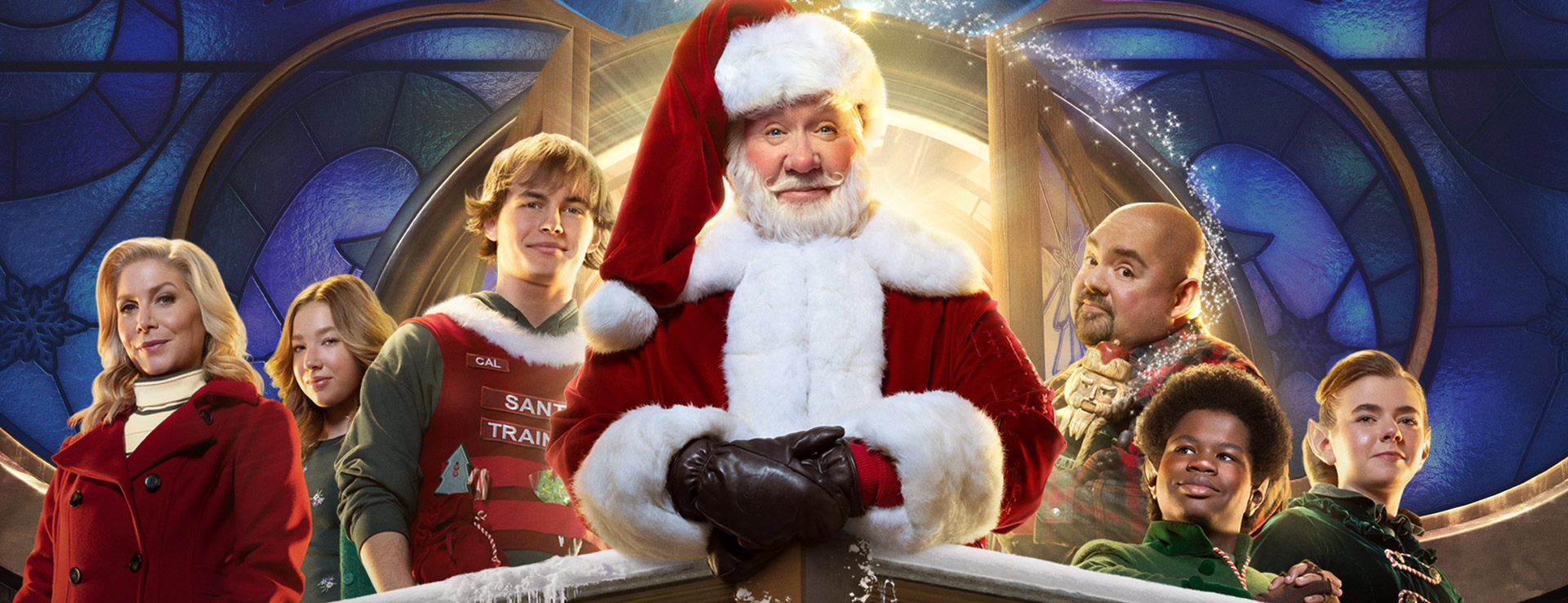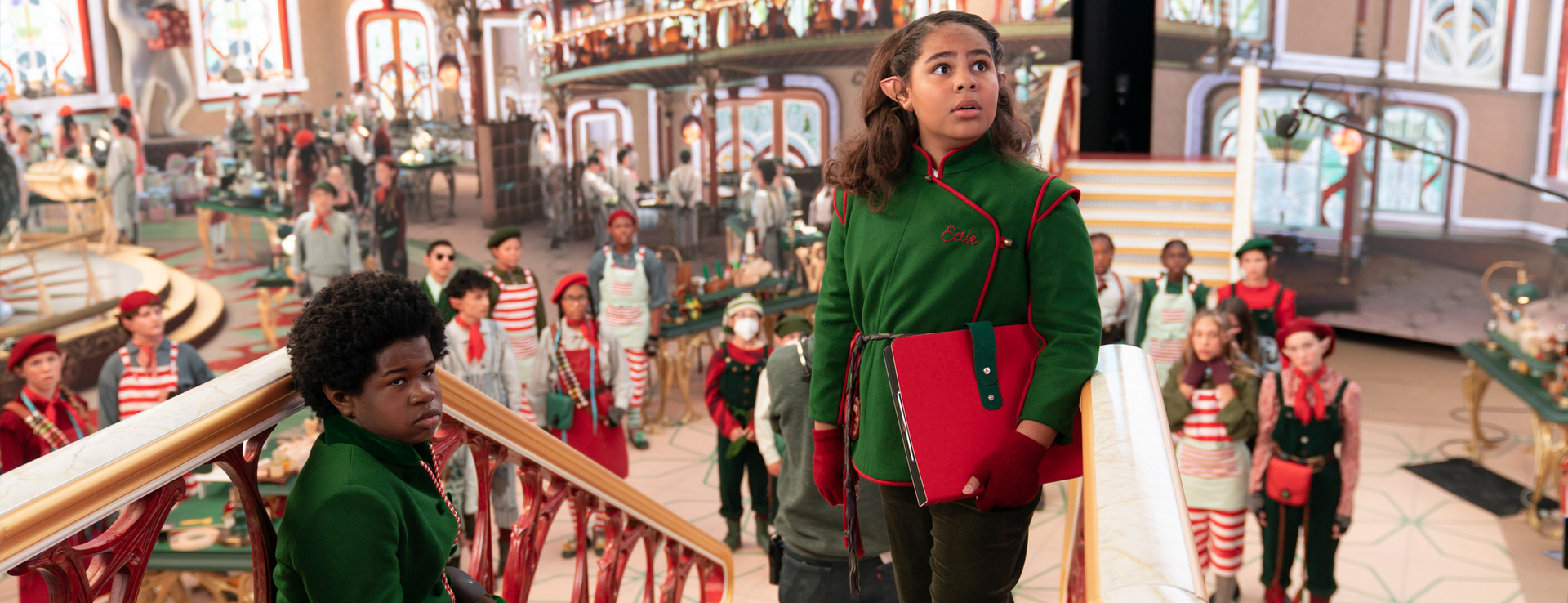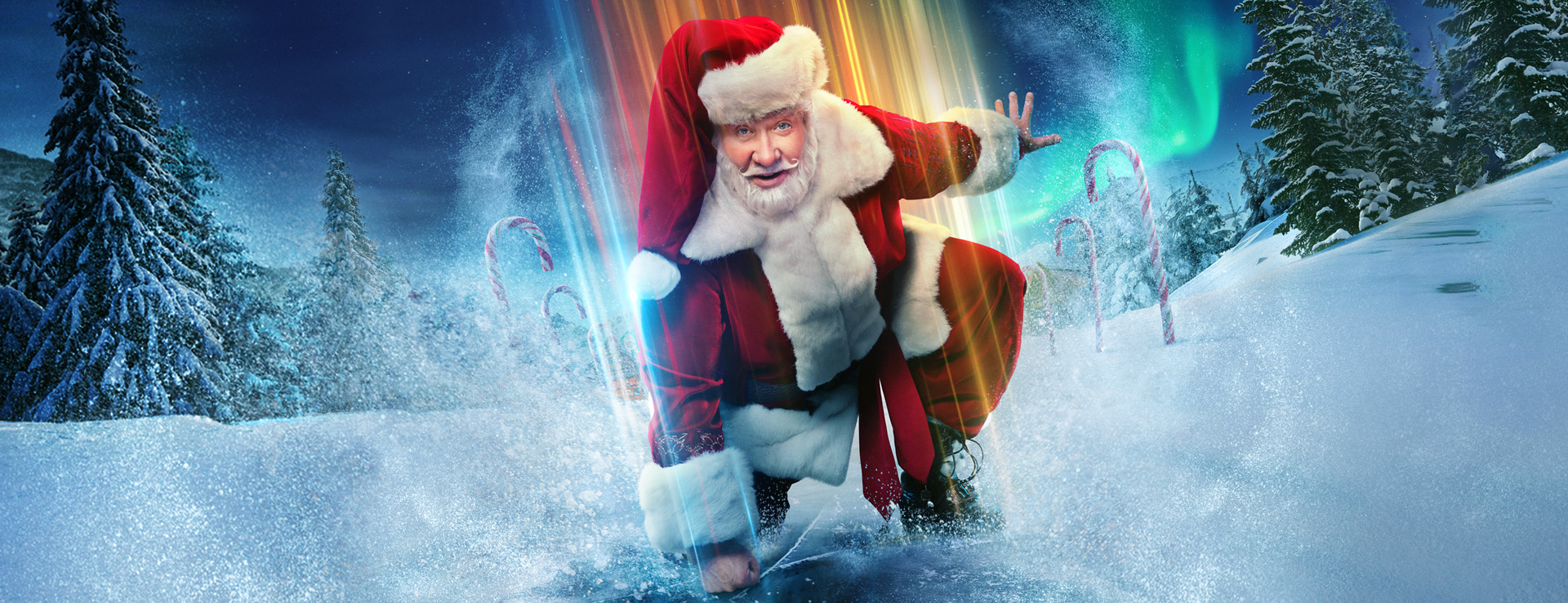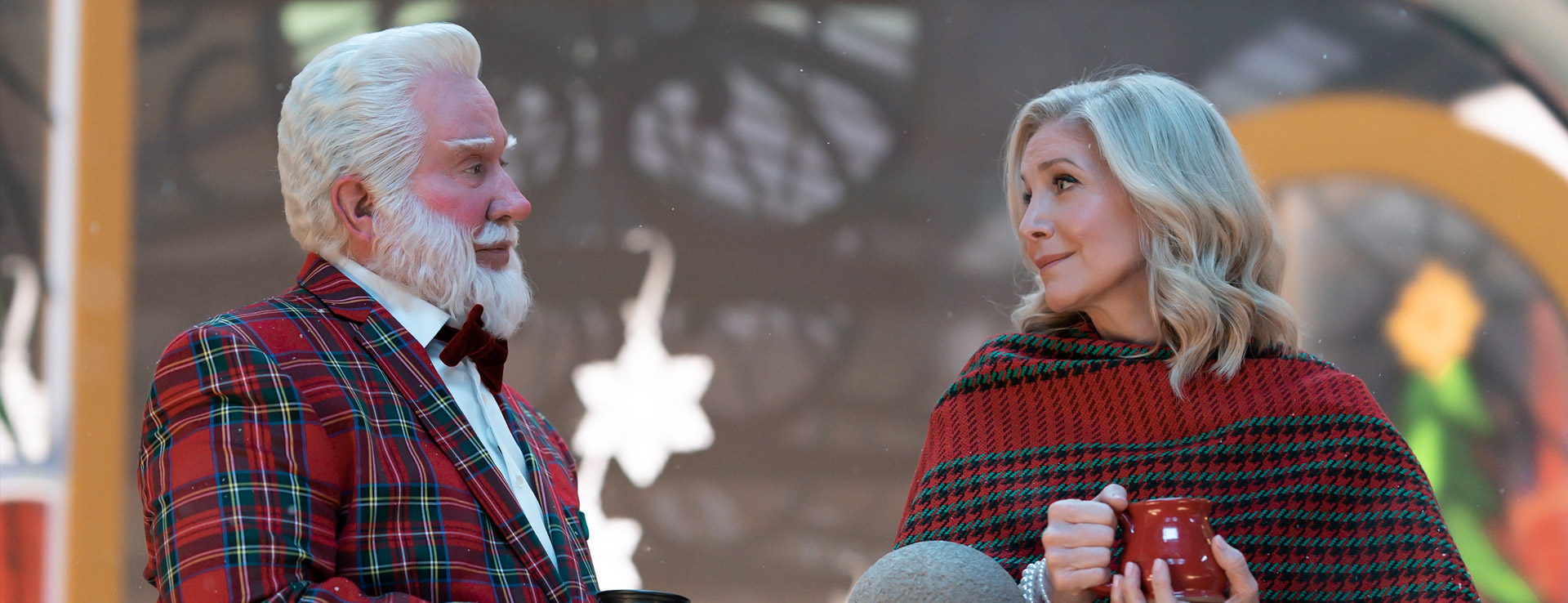How ILM Brought Its Own Christmas Magic to The Santa Clauses
Members of the VFX team tell Lucasfilm.com about building a better workshop for Santa on the Disney+ series and much more.
Santa Claus is gifted with plenty of Christmas magic. Flying reindeer, fitting into every chimney, delivering all those presents. But when it comes to home renovations at the North Pole, even he could use some help.
Thankfully, Lucasfilm’s visual effects house, Industrial Light & Magic (ILM) was up for the job.
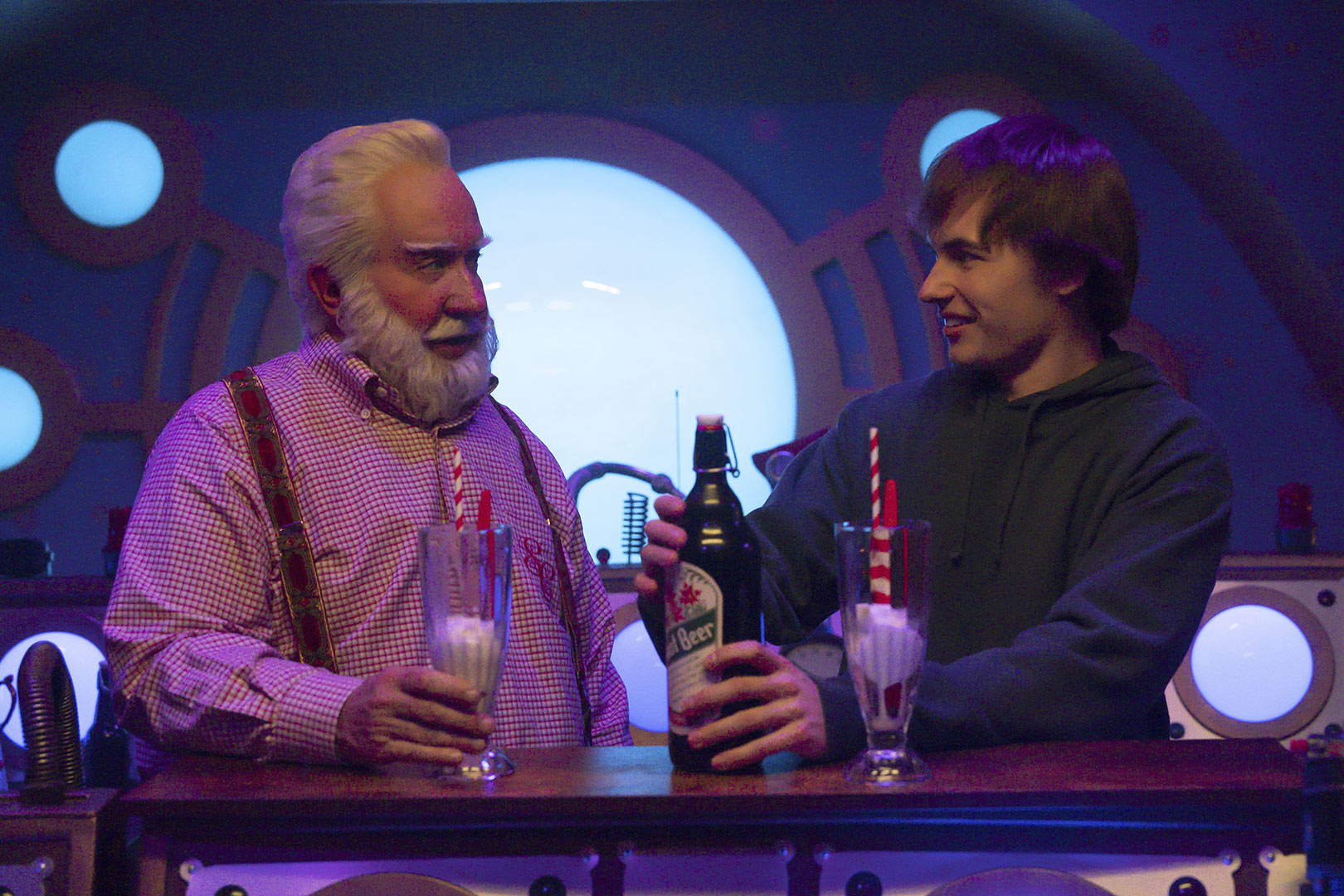
ILM has worked on both seasons of The Santa Clauses, the Disney+ series that continues the beloved trilogy of Santa Clause films, starring Tim Allen once again as the big man himself. ILM’s contributions have centered mostly around Santa’s North Pole abode, especially his workshop. First, the team studied the original movies to make sure they could match the look of the visuals, and focused on making the effects seem appropriately whimsical. “It has a storybook feeling more than a sci-fi feeling. You always want to lean more into a kid’s storybook [look],” Trevor Hazel, visual effects supervisor, tells Lucasfilm.com. “That’s kind of the magic.”
“It’s got that very painterly feel to it,” adds Gavin Harrison, virtual art department supervisor. “I think when we looked at the concept art and actually saw some of the set decoration they were painting, it definitely didn’t have that kind of photo-real look to it all. So we leaned into that Christmas-card type cover effect to it. I think it helps to add to the Christmas-y feel and vibe to the show.”
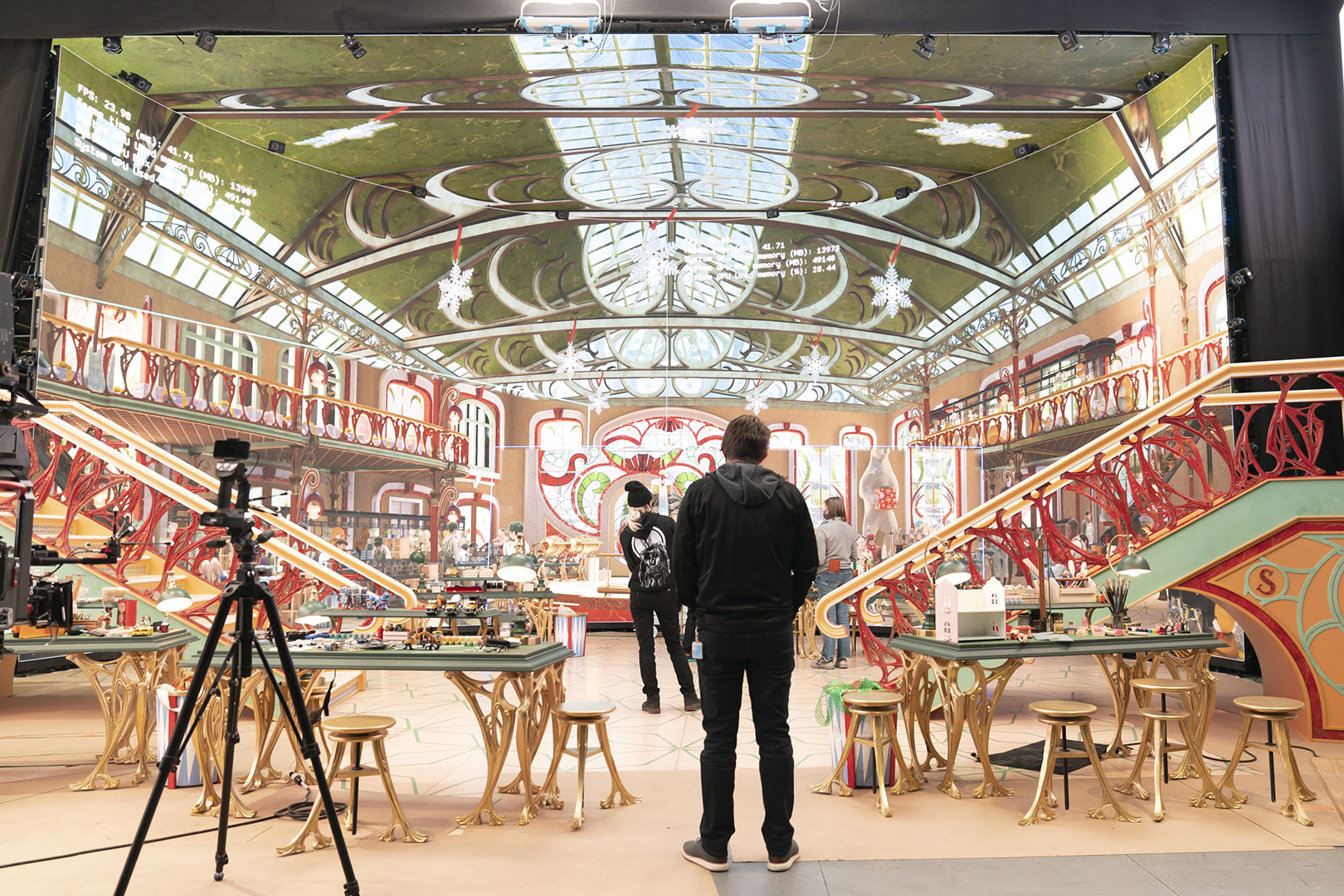
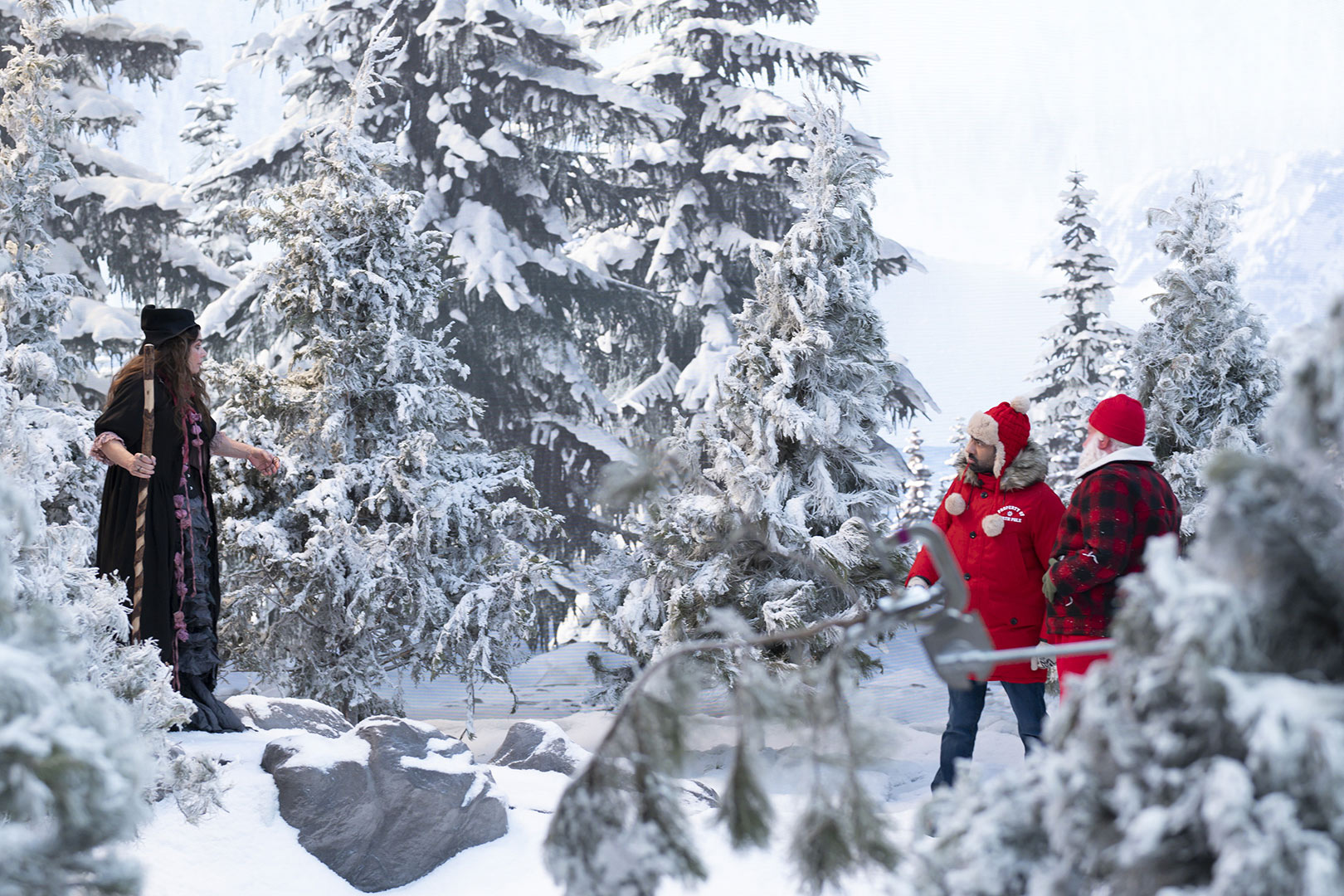
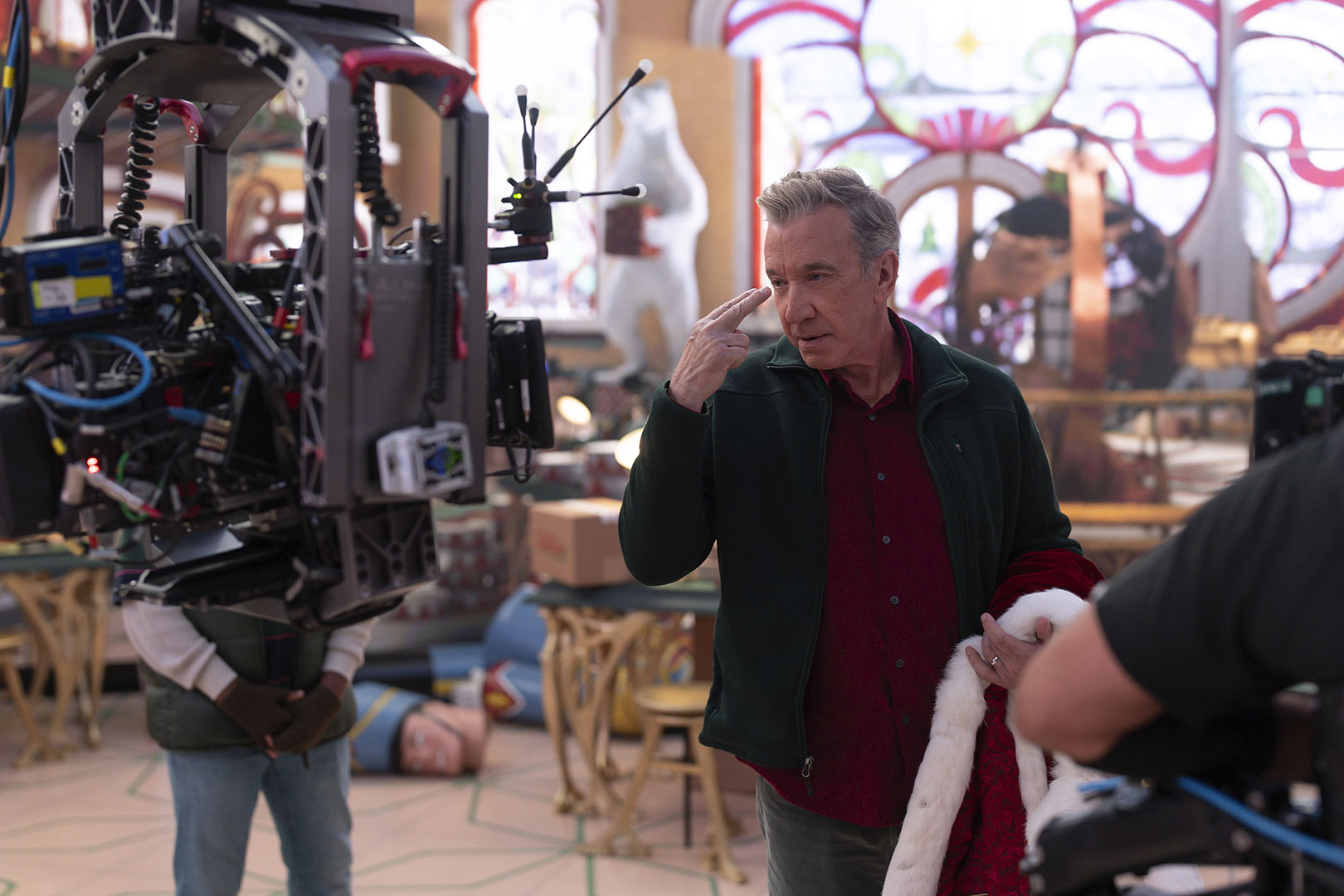
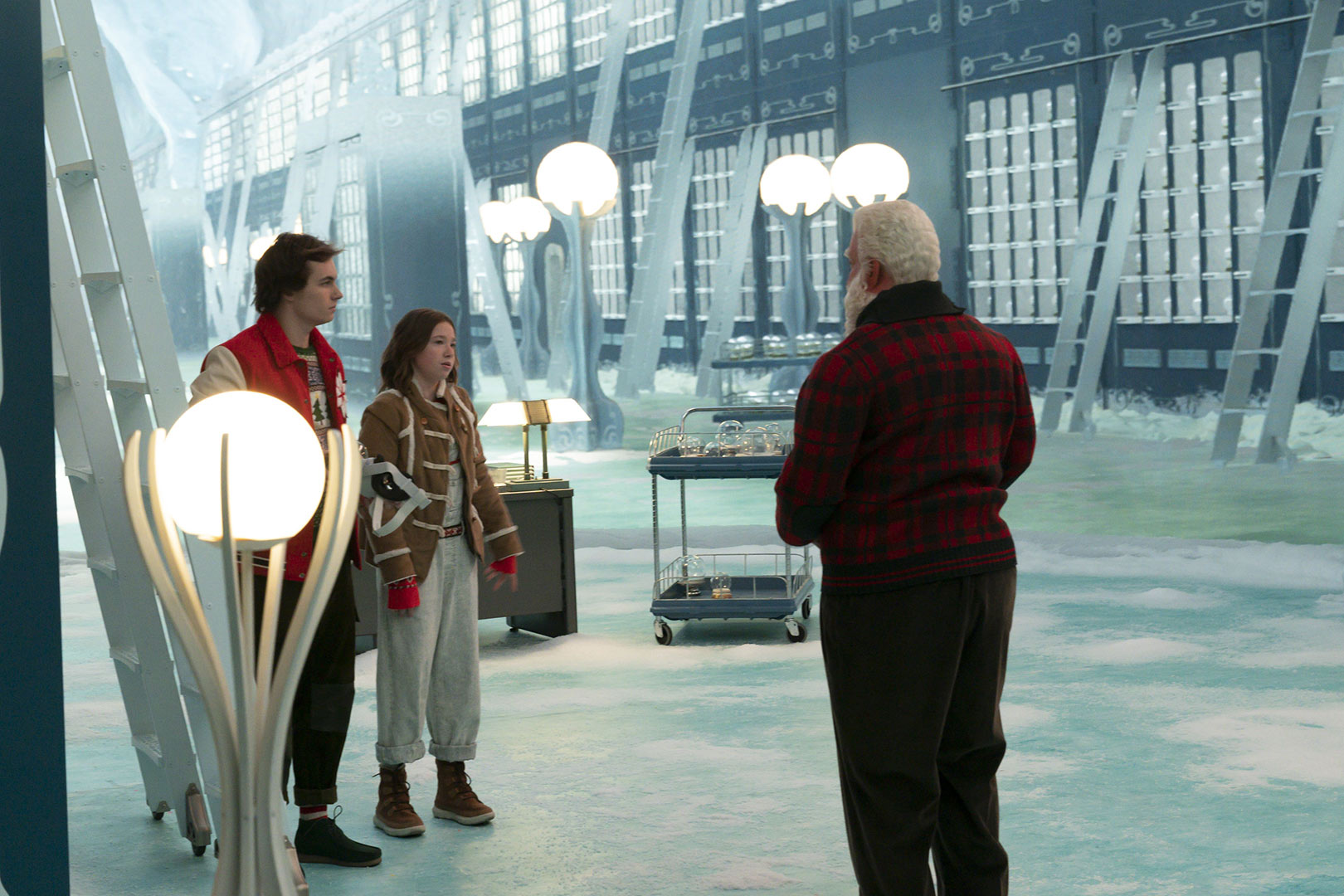
When it came to realizing Santa’s workshop, ILM StageCraft — the studio’s on-set digital backgrounds, projected onto a giant LED screen called the Volume and captured in-camera — played an enormous part. The technology was first employed on The Mandalorian, and more innovations and learnings have followed. The Santa Clauses has been shot using ILM’s medium-sized Volume, the Infinity; for Season 2, an extension was added that made the LED wall shaped more like a giant fish hook. This allowed for a greater sense of depth, scope, and wonder. “Santa’s workshop is this huge, two-story building with glass ceilings and giant glass windows, which would have proved challenging for the series to practically build out,” Chris Jones, virtual production supervisor, says. “But by building out the center of the workshop practically, with a deis and a big globe element, we could put them in that huge environment. Because we’re tracking the camera, we could have all this wonderful, kind of real-time movement, and give them the 3D and the parallax and all the wonderful stuff that StageCraft can do, but on a much faster moving timeline for a show that doesn’t quite have the production scale that The Mandalorian does.”
One memorable scene in Season 2 sees the workshop redecorated for a prom, and the production team built a dance floor and used practical lights on-set. With StageCraft, ILM digitally extended the room and its decorations, including the lights, which were color graded to match the exact hue of the strings used during filming. The result is a seamless transition from set to Volume.
“Using StageCraft and using our virtual art department teams to work directly with the production designer, we were able to take what is a well-known and well-established area, rediscover it, and then also turn it around into something new for additional points of storytelling to elevate the whole story overall for Season 1 and Season 2,” adds Andrew Watkins, ILM StageCraft virtual production producer.
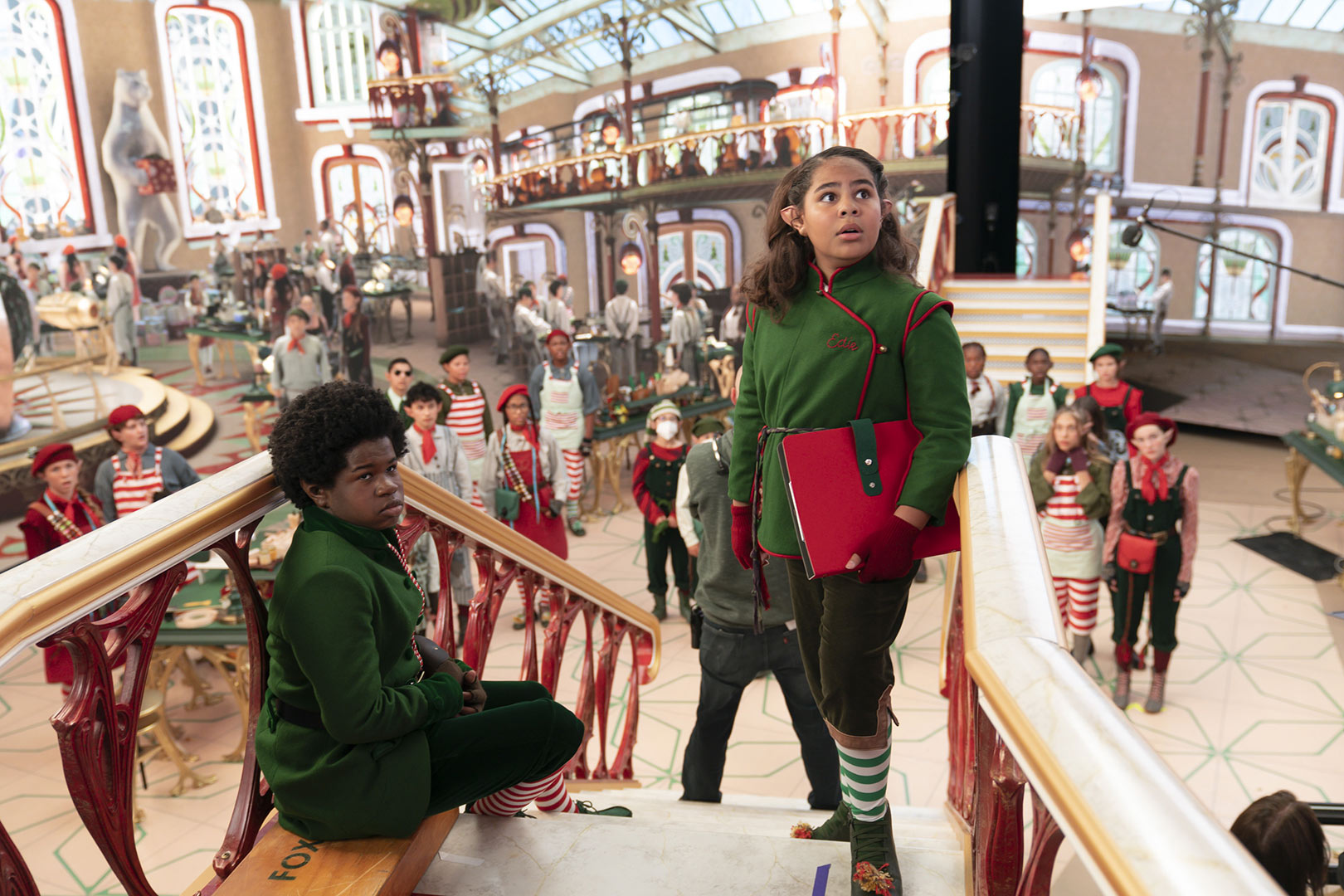
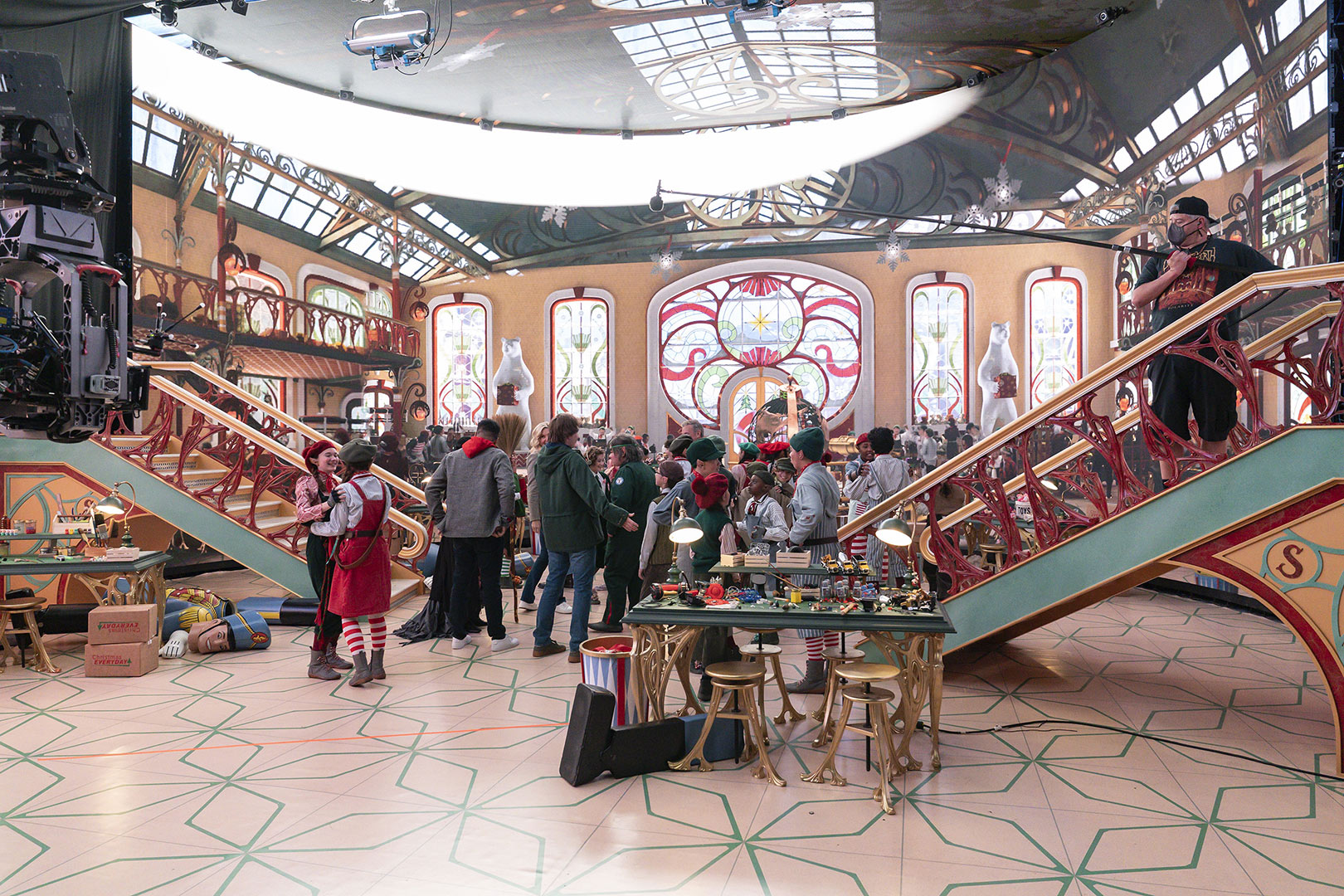
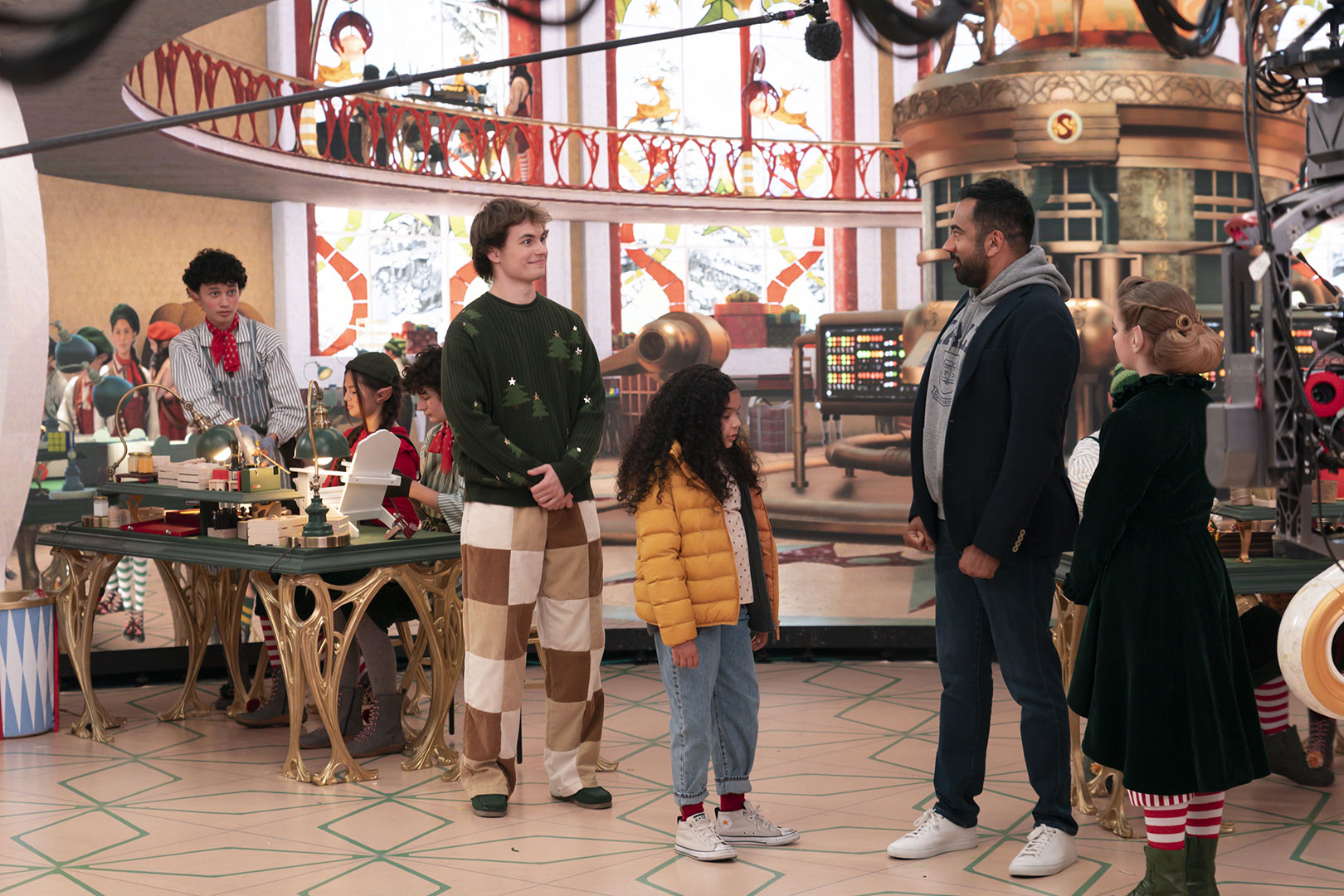
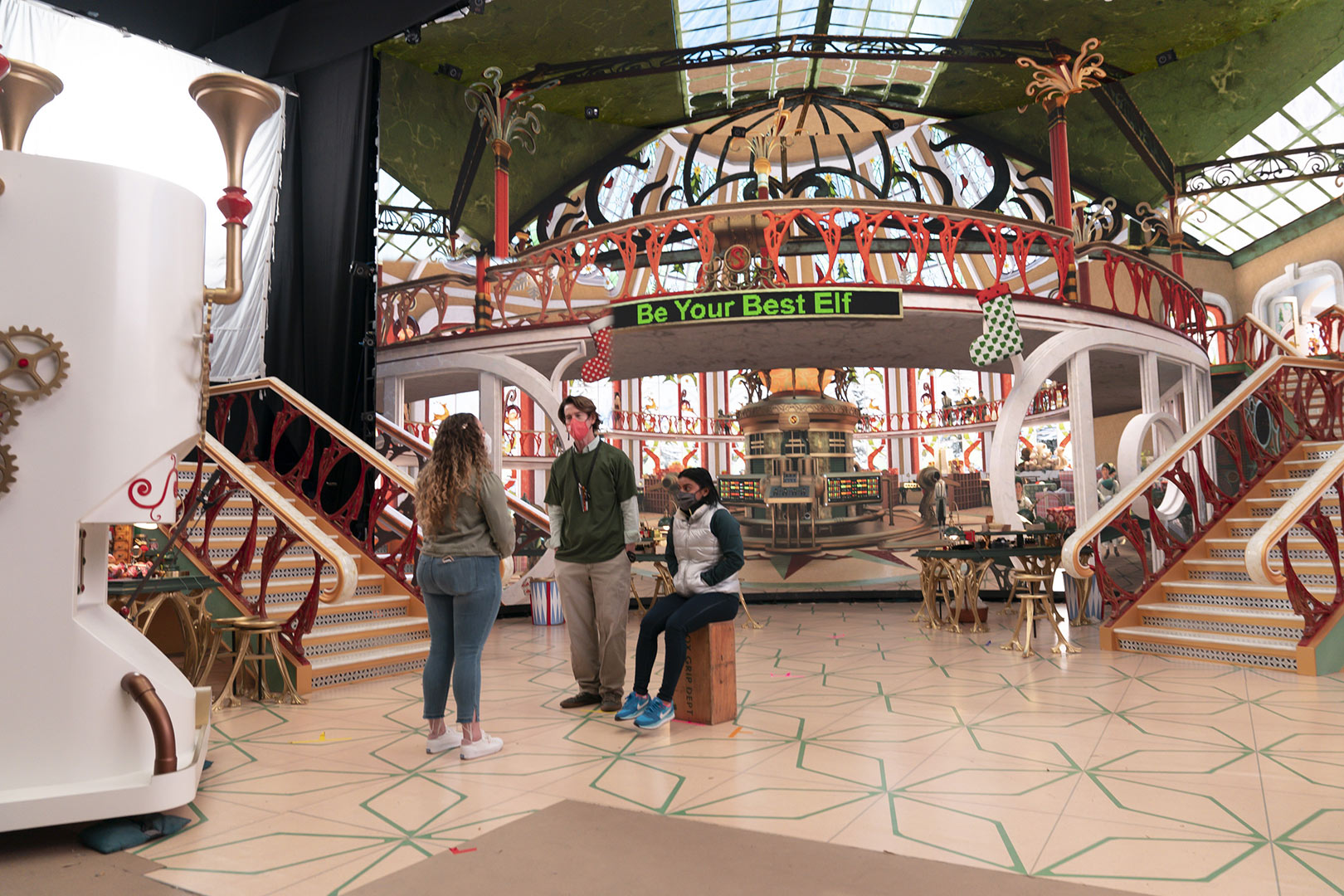
There was another essential element in making Santa’s workshop feel alive: Elves. Lots and lots of elves. That would fall mainly to Rebecca Forth, technical director, who placed Santa’s helpers (or “elf-ements,” as the ILM crew took to calling them in a play on the VFX term “elements”) in backgrounds throughout the show. “What was really fun about all the elf-ements was getting to see just all these little background characters, giving them their moment in the spotlight, but without being too distracting. You’d have to kind of carefully place them so that they weren’t doing something too obvious, like jumping up and down right in front of the screen, right at the edge of the wall. So you had to be mindful of that, but ultimately it breathed life into the whole workshop and made that magic of Santa’s workshop come to life.” Forth also points to Santa’s letters room as a good example of ILM’s efforts, with mail zooming through pipes while even more elves sort it all.
“We tried to put as much life as we could into these virtual environments,” says CG supervisor Mihai Cioroba. “The prom scenario had lots of animation as well, all sorts of twinkly lights and moving sequins and little dangly Christmas-y bits. So just this notion of life was something we were focusing heavy on. The Christmas Village had a big firework show, which was all live, and it was lighting the virtual environment controlled by the stage team, as well.”
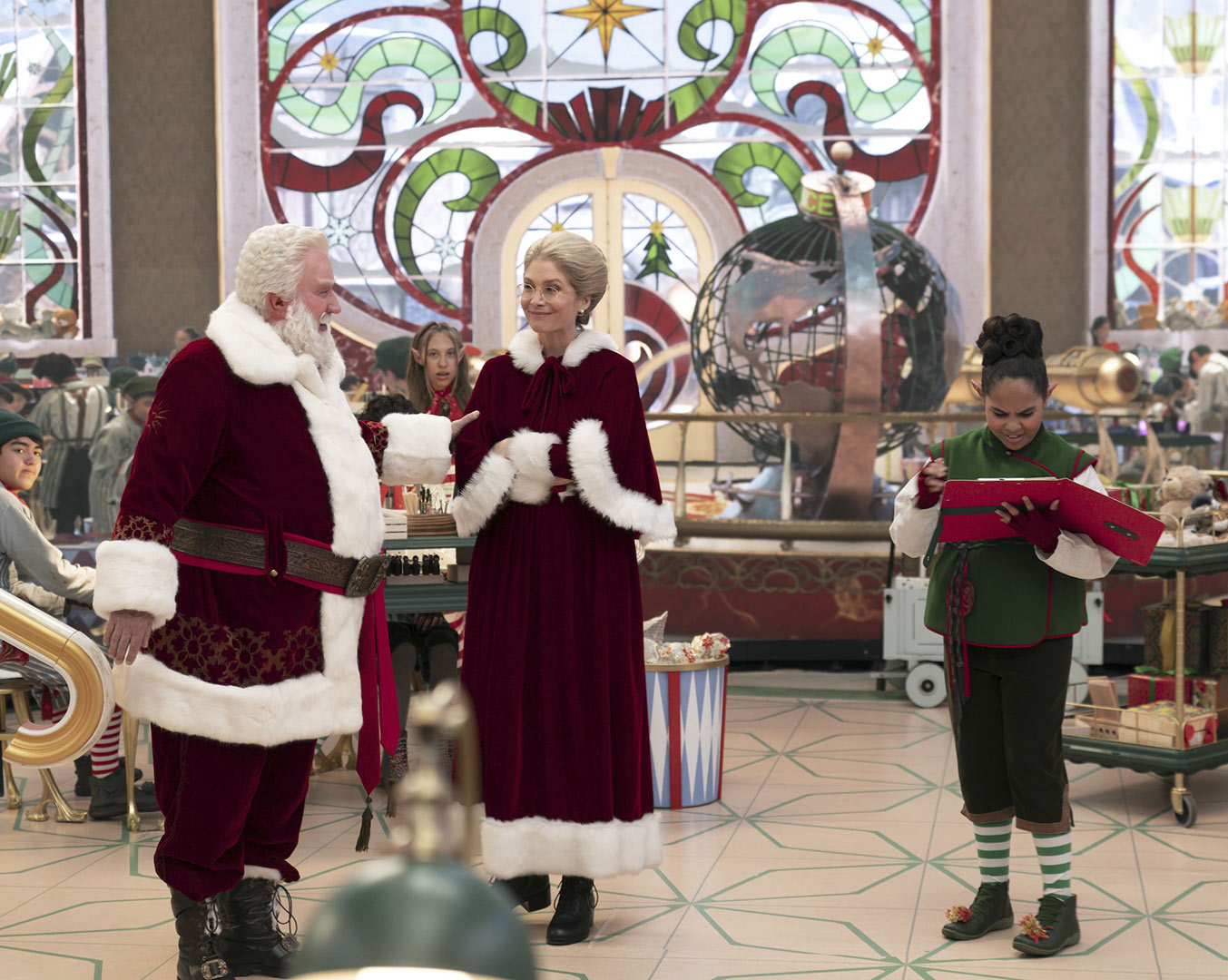
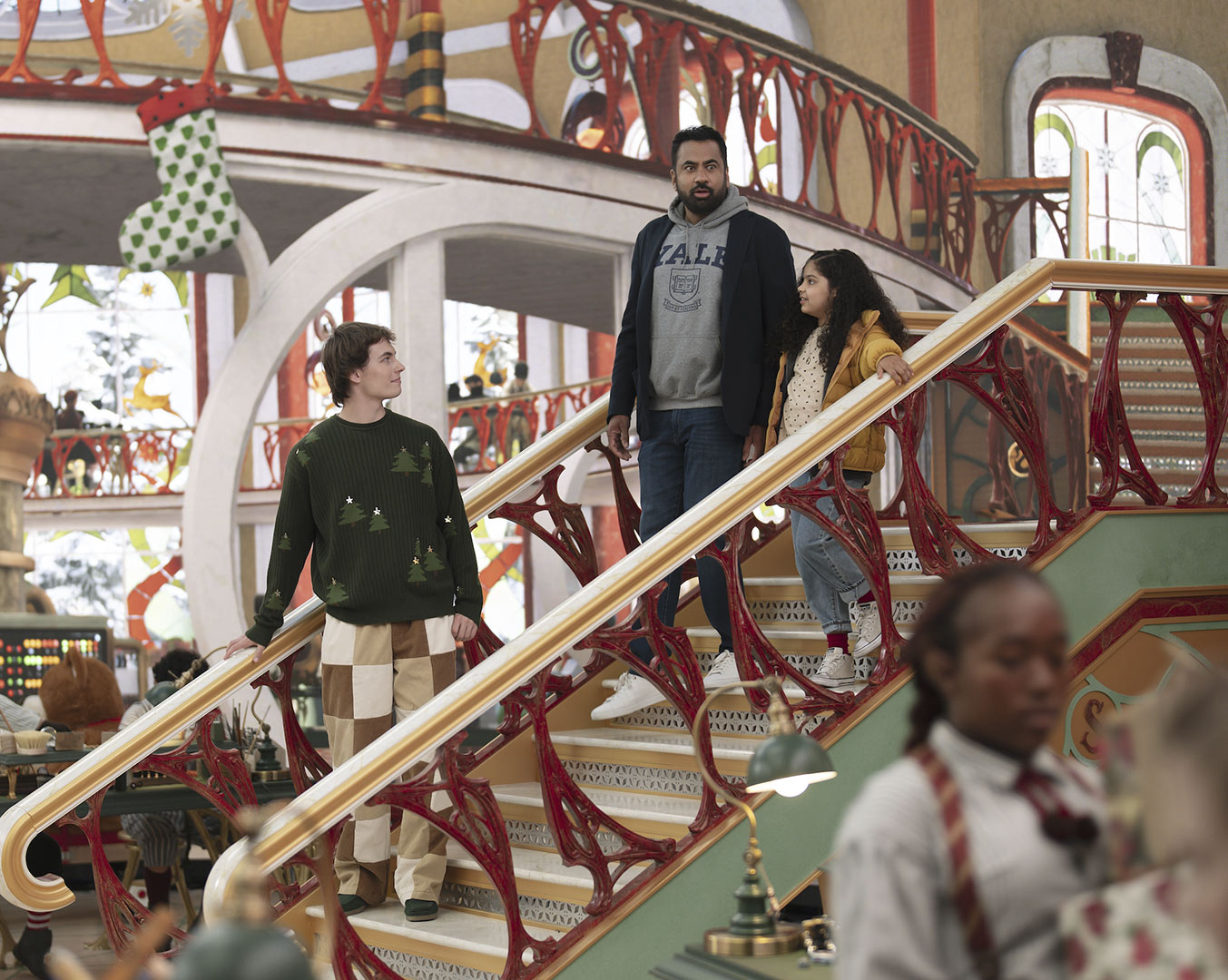
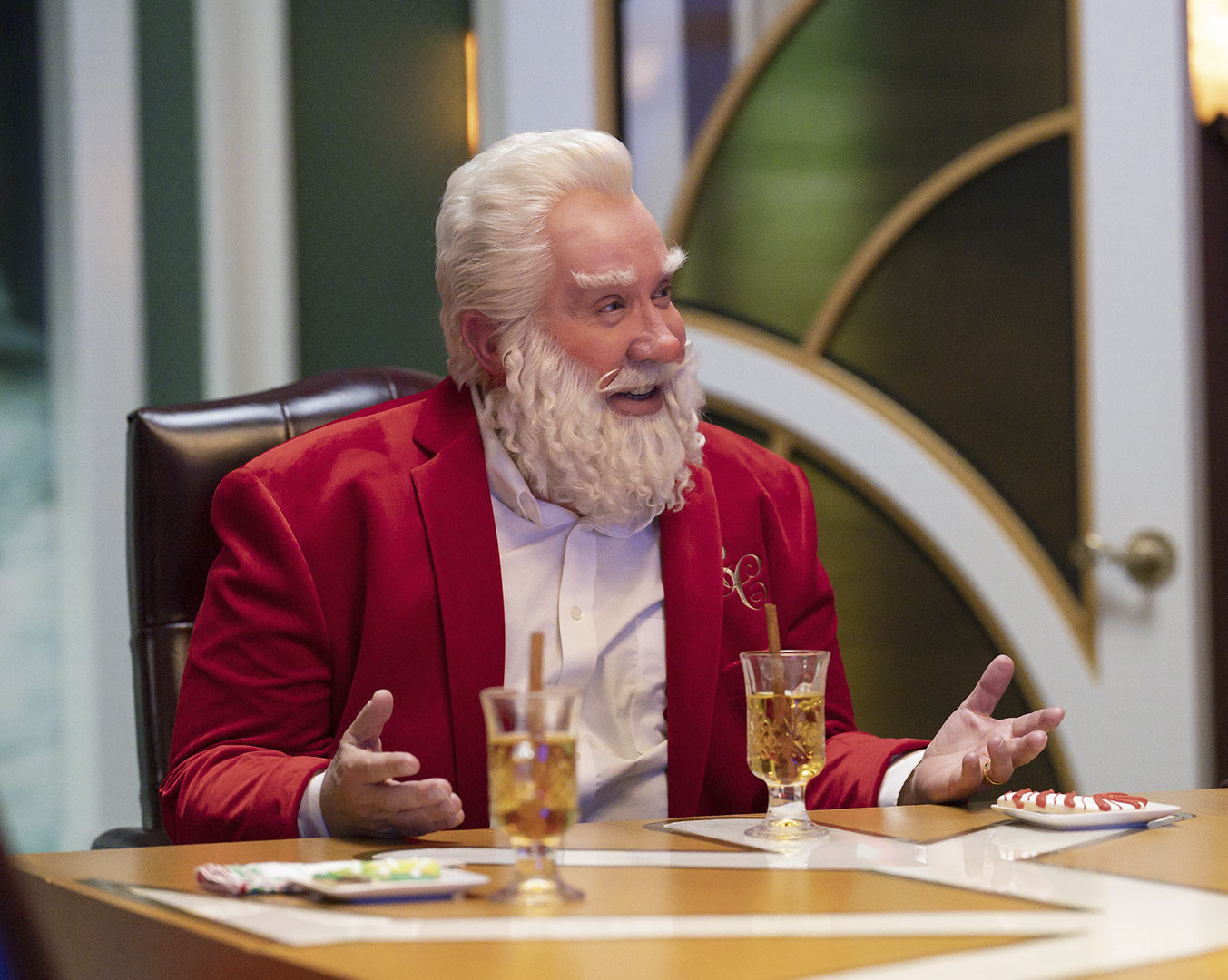
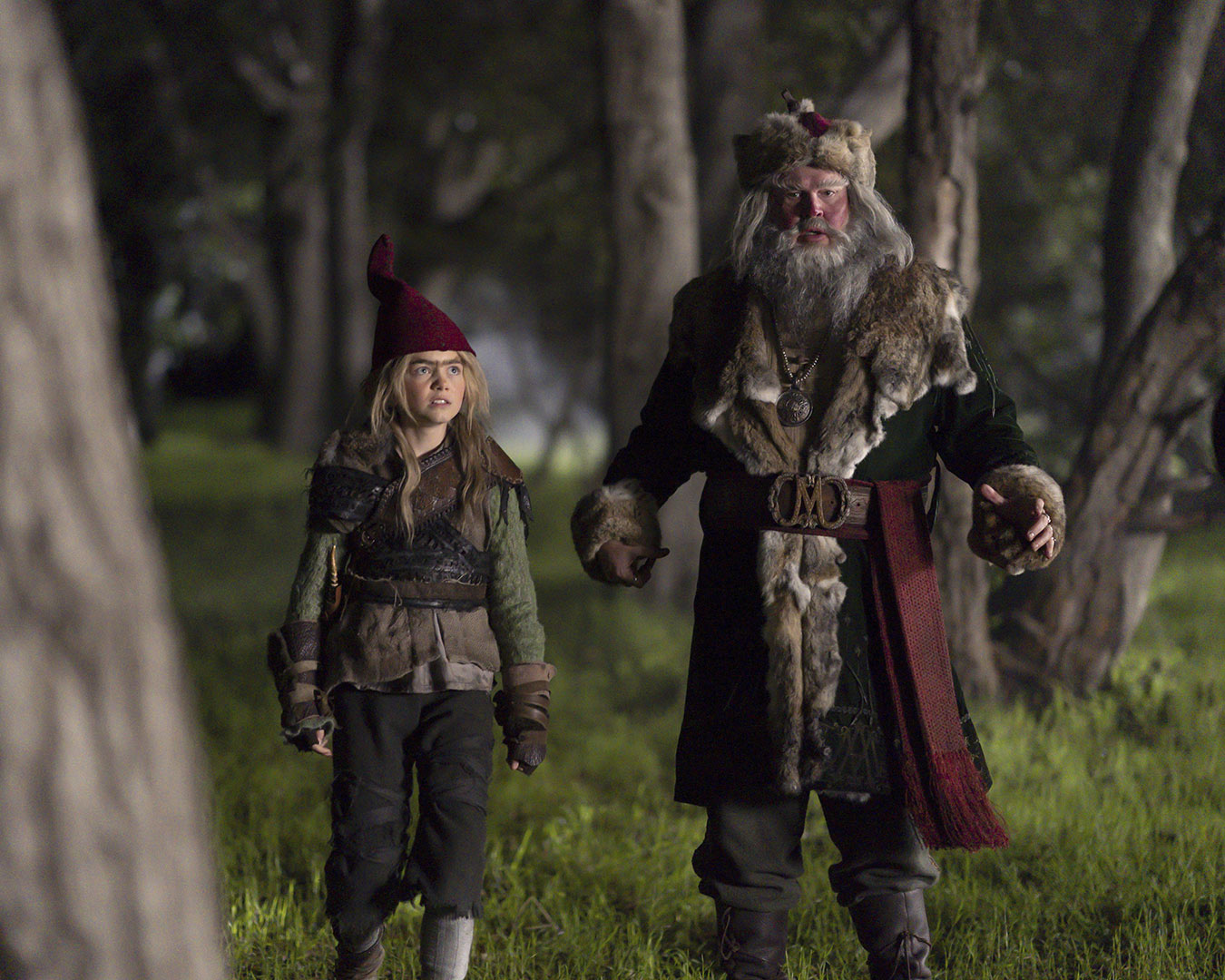
While The Santa Clauses stands at the latest testament to ILM’s inventiveness and the innovations of StageCraft, the series holds a different kind of significance to those behind the scenes.
“I’ve worked here now for about 20 years and I have two little kids, and they absolutely loved the show,” Hazel says. “So it’s super rewarding to do something that they were really into.”
“I remember being a kid 30 years ago when this franchise started, and so to revisit what is a classic franchise of my childhood and then contribute to it is just extremely rare opportunity and is like a gift unto it itself,” adds Watkins. “To be able to help carry that forward, to be able to share that with my family now, just like Trevor has, and being able to sit down and watch it with my son is something I never even considered as a possibility.”
Dan Brooks is a writer and the senior editor of StarWars.com and Lucasfilm.com. Follow him on X at @dan_brooks and Instagram at @therealdanbrooks.

